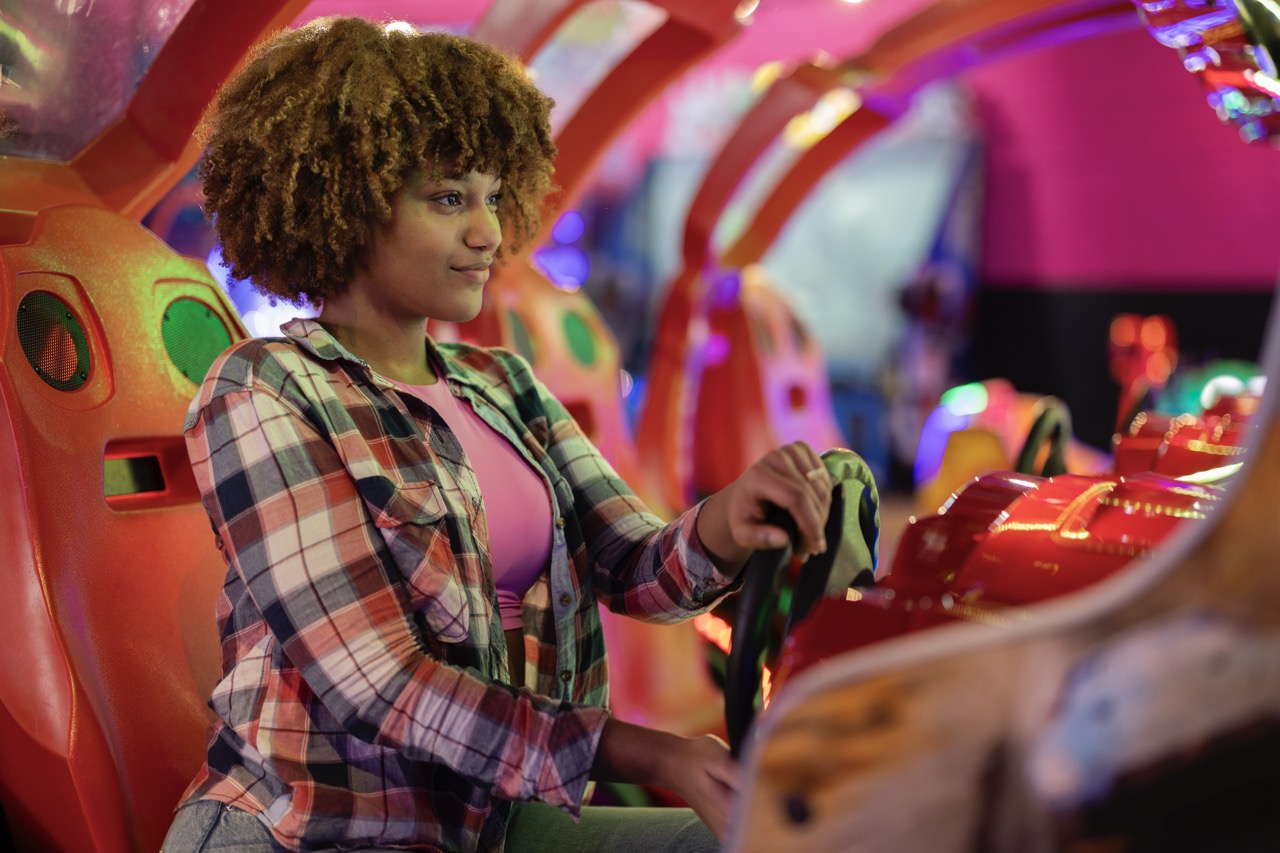There’s an undeniable charm to the world of fighting games, but few titles capture the imagination—and perhaps the gore—like Mortal Kombat II. Launched in the early ’90s, this sequel to the original Mortal Kombat built on its predecessor’s foundation and pushed the boundaries of what a video game could be. With a combination of brutal combat, memorable characters, and a sprinkle of mystique, Mortal Kombat II became a cultural phenomenon that resonated with fans worldwide. Let’s dive deeper into what makes this game so compelling, from its origins to its lasting legacy.
The Origins of Mortal Kombat II: A Gaming Phenomenon
Mortal Kombat II was developed by Midway Games and released in arcades in 1993, a time when the gaming industry was craving something fresh and exciting. Following the unexpected success of the first Mortal Kombat, the developers were under intense pressure to deliver a sequel that could not only replicate that success but also elevate the franchise. They did just that by leveraging cutting-edge technology and refining its gameplay mechanics, which made fighting feel more fluid and visceral.
The game debuted with a more extensive roster of characters, enhanced graphics, and an expanded universe. It maintained the original’s martial arts theme but introduced new moves, fatalities, and even stage fatalities that took the gore to new heights. This was a bold move, and it paid off; players flocked to arcades, drawn in by the combination of competitive gameplay and over-the-top violence. Mortal Kombat II became a staple in arcades, leading to countless hours of heated competition, laughter, and, of course, the thrill of pulling off brutal finishing moves.
As word spread, Mortal Kombat II gained a loyal following that transcended the arcade scene. The allure of its unique blend of dark fantasy, martial arts, and graphic violence resonated with gamers of all ages. It wasn’t just a game; it became a cultural touchstone that led to merchandise, animated adaptations, and even a live-action film. The sequel solidified Mortal Kombat’s place in gaming history, inspiring future iterations and spawning a franchise that continues to thrive today.
The Gory Gameplay: Why Fans Can’t Get Enough of the Blood
One of the most talked-about aspects of Mortal Kombat II is undoubtedly its graphic violence. From the moment players step into the arena, they are met with a visceral experience that captures the brutality of combat. The game includes a variety of iconic finishing moves known as "fatalities," which allow players to execute their opponents in increasingly gruesome ways. The over-the-top nature of these moves—with characters getting decapitated or impaled—made it a topic of conversation and controversy.
The blood and gore didn’t just serve shock value; they also added a layer of excitement and engagement to the gameplay. Players found themselves not just trying to win matches but masterfully executing these finishing moves, making every fight feel like a performance. The thrill of pulling off a perfect fatality became a rite of passage, and fans reveled in the opportunity to showcase their skills. It’s no wonder that Mortal Kombat II became synonymous with blood-soaked battles.
Interestingly, this graphic violence and gore also spurred important discussions about video game content and regulation. Critics argued that such explicit content could desensitize players to violence, while fans defended it as just another layer of entertainment. Regardless of the debate, the gory gameplay only solidified Mortal Kombat II’s status as a pioneer in the fighting game genre, pushing boundaries and inviting players to embrace the brutal reality of combat.
Iconic Characters: Heroes and Villains of the Arena
Mortal Kombat II expanded the franchise’s universe with a rich roster of characters, each with their unique abilities, backstories, and motivations. The game introduced fan favorites like Kitana and Liu Kang while retaining popular characters from the original, such as Scorpion and Sub-Zero. Each character is distinct not only in fighting style but also in their lore, making them feel more like heroic or villainous figures from a cinematic universe rather than just avatars for players to control.
The character design in Mortal Kombat II is nothing short of iconic. With their striking aesthetic and memorable moves, these fighters have become ingrained in pop culture. For instance, Scorpion’s "Get over here!" became a catchphrase synonymous with the franchise. Fans found themselves gravitating toward their favorite characters, often forming allegiances based on fighting style, appearance, or personal preference. This connection is what kept players coming back for more, eager to master their favorite fighters’ moves and unique fatalities.
Moreover, the rivalry and alliances among these characters added depth to the gameplay. The ongoing feud between Sub-Zero and Scorpion is a classic narrative that players still discuss today. Mortal Kombat II created a world where players could invest emotionally in their characters, making victories feel sweeter and defeats more painful. It’s this connection that has helped sustain the franchise over the years, as fans eagerly anticipate new characters and storylines in each subsequent installment.
Legacy and Nostalgia: Mortal Kombat II’s Lasting Impact
The significance of Mortal Kombat II extends far beyond its arcade success. It played a crucial role in shaping the fighting game genre, influencing countless titles that followed. The mechanics, character design, and, of course, the fatalities became a blueprint for future games. Even today, many fighting games reference Mortal Kombat II both in gameplay style and storytelling, illustrating its profound impact on the industry.
Nostalgia plays a huge part in Mortal Kombat II’s lasting legacy. For many, it represents a formative gaming experience, filled with memories of competitive play, late-night gaming sessions, and friendly rivalries. This nostalgia is palpable; many players fondly remember the thrill of discovering new fatalities or the excitement of challenging their friends. Annual tournaments and fan conventions often highlight these nostalgia-driven moments, keeping the spirit of Mortal Kombat II alive for both new and veteran players alike.
Lastly, the franchise’s ability to evolve while maintaining its core identity is a testament to the strong foundation laid by Mortal Kombat II. New installments continue to introduce modern mechanics, graphics, and storytelling while honoring the iconic aspects that made the original games so beloved. The blend of nostalgia and innovation ensures that Mortal Kombat II’s spirit lives on, captivating new generations while reminding older fans of why they fell in love with this brutal, yet beautiful, fighting game.
Mortal Kombat II is more than just a game; it’s a cultural touchstone that has left an indelible mark on the gaming world. From its origins in the arcade to its gory gameplay and iconic characters, the sequel transformed not only the franchise but also the entire fighting game genre. Its legacy continues to resonate, proving that sometimes, the allure of blood and battle can forge a connection that lasts for decades. Whether you’re a seasoned player or someone just discovering the franchise, Mortal Kombat II remains a thrilling reminder of the power of video games to entertain, provoke, and inspire.










